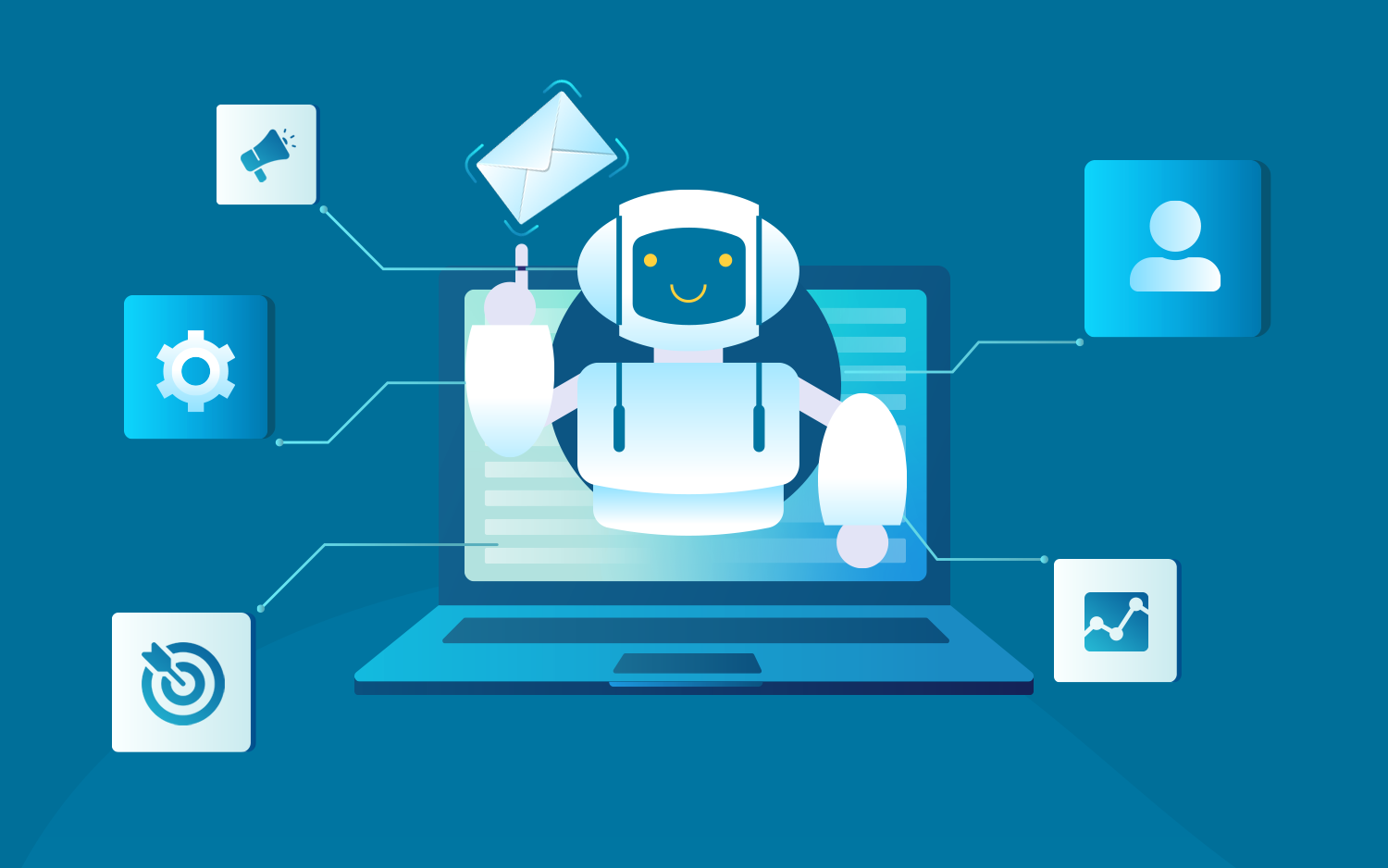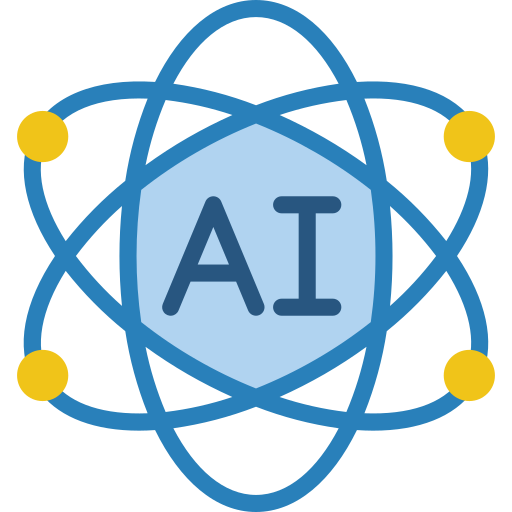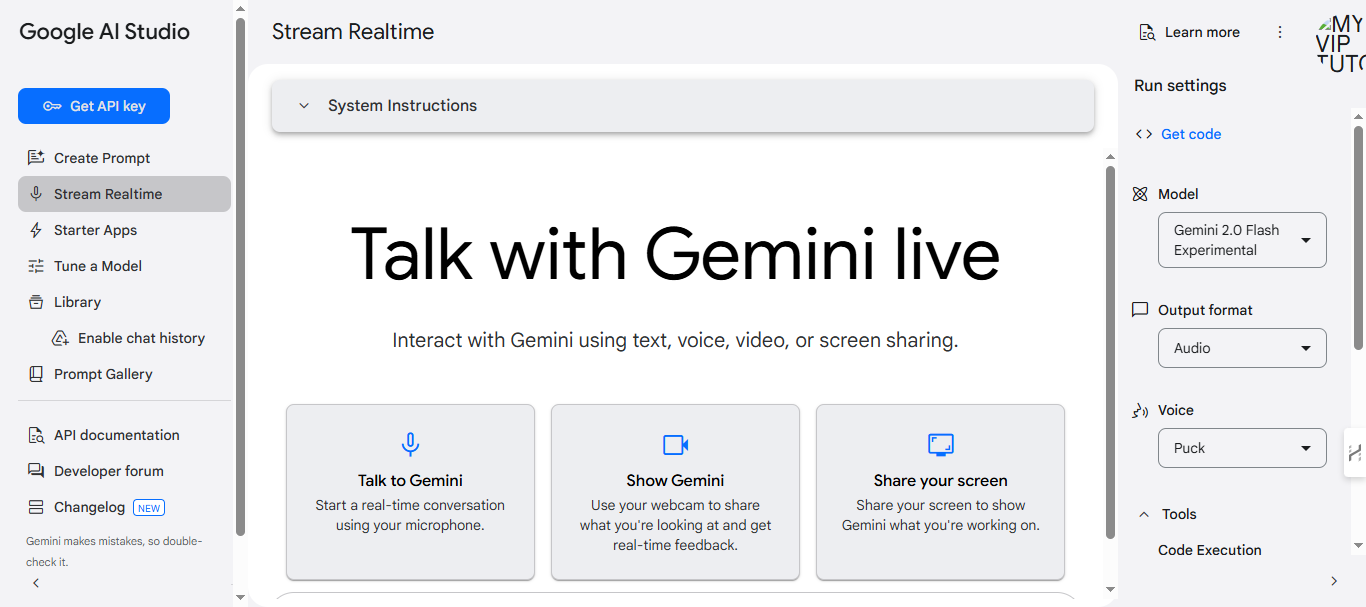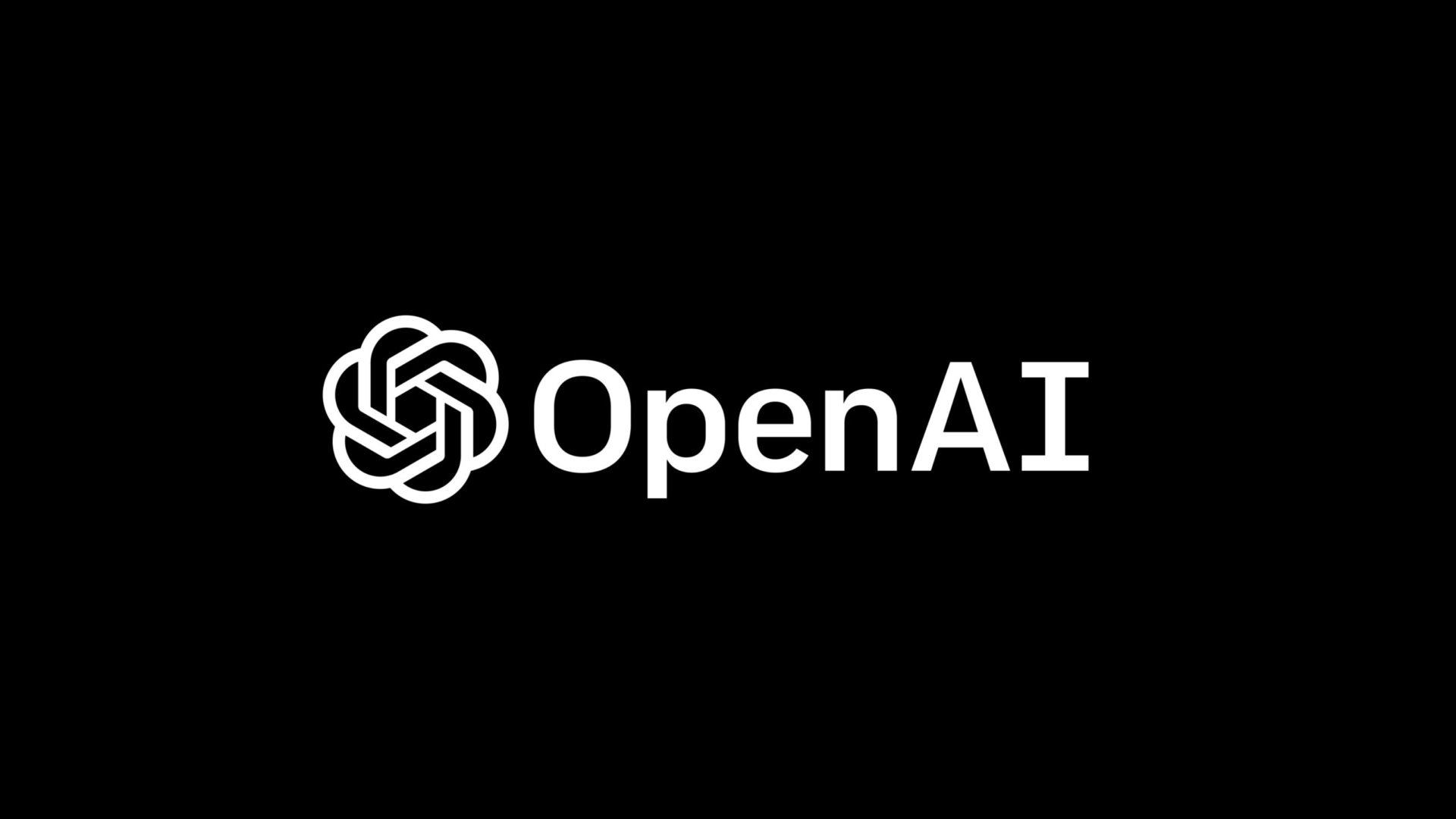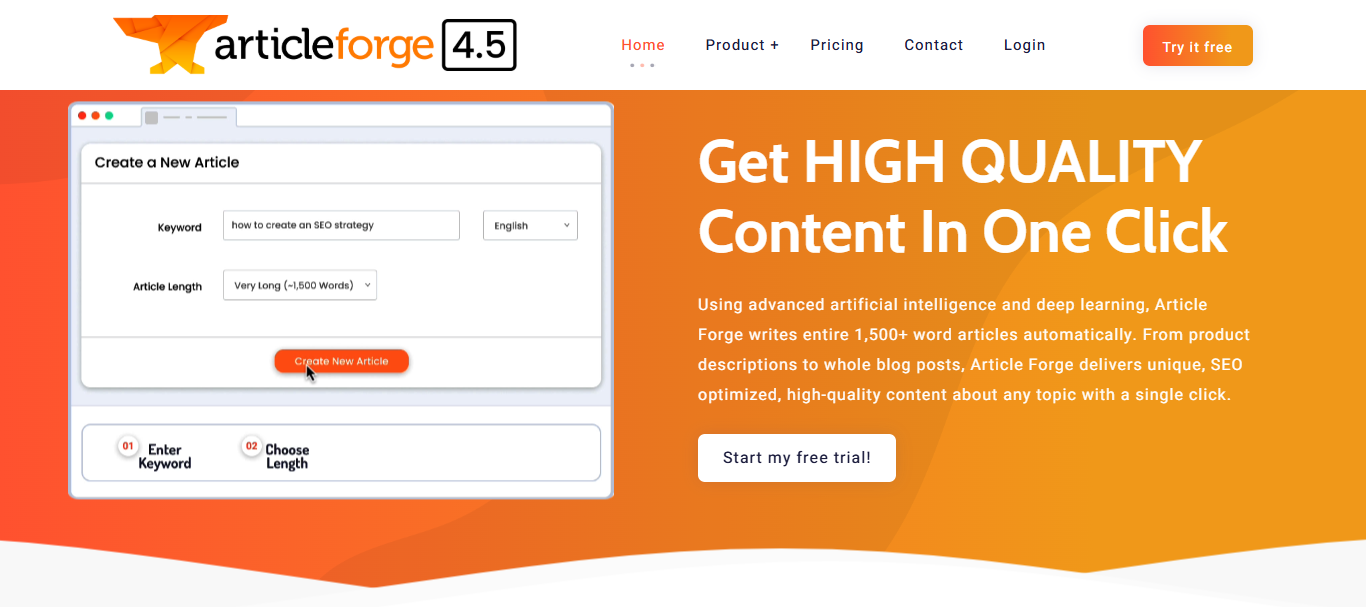Automating Your Email Marketing Processes with AI
The Case for Automation
Automation in email marketing isn’t new, but when combined with AI, it becomes extraordinarily powerful. Automation allows marketers to focus on strategic planning while AI handles the repetitive tasks. Here’s why automation is a must:
- Efficiency: Automation speeds up the process of sending, testing, and analyzing emails.
- Consistency: Automated systems ensure that emails are sent at optimal times without manual intervention.
- Scalability: Automation allows you to reach a larger audience with personalized content without additional manpower.
AI-Driven Workflow Automation
AI takes automation a step further by making decisions based on real-time data. For instance, consider the following automated processes:
- Triggered Emails: Automatically send follow-up emails based on user actions, such as signing up, abandoning a shopping cart, or clicking on a link.
- Dynamic Content Updates: Automatically update email content based on new data inputs, ensuring that recipients always receive the most relevant information.
- Scheduling Optimization: AI algorithms determine the best time to send emails to individual subscribers, increasing the likelihood of engagement.
Implementing Automated Campaigns
When setting up automated campaigns, follow these best practices:
- Map Out the Customer Journey: Identify key touchpoints where automated emails can nurture leads and convert them into customers.
- Utilize Drip Campaigns: Create a series of automated emails that gradually move subscribers down the sales funnel.
- Monitor and Adjust: Use AI analytics to monitor campaign performance continuously. Adjust your strategy based on data insights to improve outcomes.
- Integrate with CRM: Ensure your automation tools are integrated with your CRM to provide a seamless flow of customer data across platforms.
The Benefits of Automation with AI
- Time Savings: Free up valuable time for your marketing team by automating repetitive tasks.
- Increased ROI: By delivering targeted messages at the right time, you can boost engagement and conversions.
- Enhanced Customer Experience: Automation ensures that customers receive timely, relevant content that speaks to their needs and interests.
Data Analytics and Predictive Insights
The Power of Data in Email Marketing
Data is the backbone of any successful email marketing strategy. With AI, marketers can harness the power of data to not only understand past performance but also predict future trends. Here’s how data analytics plays a crucial role:
- Behavior Analysis: Track user interactions such as opens, clicks, and conversions to gain insights into customer preferences.
- Performance Metrics: Measure key performance indicators (KPIs) like open rates, click-through rates, bounce rates, and conversion rates.
- Customer Lifetime Value (CLV): Understand the long-term value of different customer segments to tailor future campaigns.
Predictive Analytics Explained
Predictive analytics uses historical data, statistical algorithms, and machine learning techniques to forecast future outcomes. In email marketing, predictive analytics can help you:
- Optimize Send Times: Identify the best time to send emails for maximum engagement.
- Forecast Campaign Performance: Predict which campaigns are likely to yield the highest returns.
- Personalize Content: Anticipate customer needs and deliver content that meets those expectations.
AI in Action: Real-Time Data Analysis
One of the strengths of AI is its ability to analyze data in real time. This means that as soon as an email is sent, AI algorithms begin to analyze recipient behavior, adjusting strategies on the fly. For example:
- Immediate Feedback Loops: Use real-time data to modify future emails or trigger follow-up messages based on recipient actions.
- Adaptive Learning: AI systems continuously learn from ongoing campaigns, improving their recommendations for subject lines, content, and send times.
- Segmentation Refinement: As more data is collected, AI can refine segmentation strategies to ensure that each group receives the most relevant content possible.
Leveraging Predictive Insights for Strategy
To fully harness predictive analytics, consider the following steps:
- Integrate Data Sources: Consolidate data from multiple sources—email platforms, CRM, social media, and website analytics—to create a holistic view of customer behavior.
- Define Clear Metrics: Identify which KPIs are most important for your business and track them diligently.
- Implement A/B Testing: Use predictive insights to design experiments and continuously optimize your email content and layout.
- Review and Refine: Regularly review analytics data and adjust your strategy based on what the data reveals about customer preferences and behaviors.
By using AI-driven data analytics, marketers can transform raw data into actionable insights, driving more effective email campaigns and better overall customer engagement.
Case Studies and Real-World Examples
Case Study 1: E-Commerce Personalization
An online retailer integrated an AI-powered email platform to personalize its email campaigns. By analyzing purchase history and browsing behavior, the system generated dynamic product recommendations for each subscriber. The result was a 25% increase in open rates and a 30% boost in conversion rates. This case study underscores the power of AI to create highly relevant, personalized email content that drives sales.
Case Study 2: Automated Customer Onboarding
A SaaS company implemented an automated email onboarding campaign powered by AI. The system automatically sent a series of welcome emails based on user engagement. Using predictive analytics, the platform determined the optimal times to send follow-up emails, which led to a significant improvement in user activation rates. This example highlights how AI-driven automation can streamline onboarding processes and enhance customer satisfaction.
Case Study 3: Behavioral Segmentation in B2B Marketing
A B2B service provider used AI to refine its segmentation strategy. By analyzing detailed behavioral data from its website and previous email interactions, the company was able to identify distinct buyer personas. Customized email campaigns for each persona resulted in more relevant content delivery and higher engagement rates, ultimately increasing qualified leads. This case study demonstrates that even in complex B2B environments, AI can help tailor messages that resonate with diverse audiences.
Lessons Learned from the Field
Across these case studies, several common themes emerge:
- Data-Driven Decisions: Successful campaigns are built on robust data analysis, allowing marketers to tailor messages with pinpoint accuracy.
- Real-Time Adaptability: AI’s ability to adjust in real time means campaigns can evolve based on live feedback, ensuring continuous optimization.
- Automation Efficiency: By automating repetitive tasks, marketers can focus on strategy and creative aspects, improving overall campaign quality.
These examples serve as a blueprint for businesses looking to implement AI in their email marketing strategies.
Challenges and Future Trends in AI-Powered Email Marketing
Common Challenges
While AI offers tremendous potential, integrating it into email marketing is not without challenges:
- Data Privacy Concerns: With increased data collection comes the need to handle customer data responsibly and comply with regulations such as GDPR and CCPA.
- Integration Complexities: Merging AI systems with existing marketing platforms can be technically challenging and may require significant upfront investment.
- Skill Gaps: Marketers may need training to effectively leverage AI tools and interpret predictive analytics.
- Over-Automation Risks: Relying too heavily on AI can sometimes lead to a loss of the human touch. Balancing automation with personalized human interactions remains crucial.
Future Trends
The future of AI in email marketing is bright, with several emerging trends to watch:
- Hyper-Personalization: As AI algorithms become more sophisticated, the level of personalization will continue to deepen, with emails tailored not just to segments, but to individual customer behaviors and preferences.
- Enhanced Customer Journey Mapping: Future AI tools will provide even more granular insights into the customer journey, allowing for more nuanced and timely interactions.
- Voice and Conversational Interfaces: Integration with voice assistants and chatbots will create a seamless multi-channel experience, where email content is part of a broader, conversational customer journey.
- Advanced Predictive Modeling: As machine learning models improve, predictive analytics will offer even more accurate forecasts of customer behavior, further optimizing email campaigns.
- Ethical AI and Transparency: With growing awareness about data privacy and ethical AI use, future solutions will emphasize transparency, giving customers more control over how their data is used.
Navigating the Challenges
To overcome these challenges, businesses must:
- Invest in robust data protection and compliance measures.
- Ensure that their teams receive adequate training on AI technologies.
- Choose flexible and integrative AI tools that work seamlessly with their existing systems.
- Maintain a balanced approach that leverages automation while keeping the human touch.
By addressing these issues proactively, marketers can fully capitalize on the potential of AI while mitigating its risks.
Check this out:
Implementing AI in Your Email Marketing Strategy
Step 1: Define Your Objectives
Before diving into AI implementation, clearly define what you want to achieve with your email marketing campaigns. Common objectives include:
- Increasing open and click-through rates
- Boosting conversion rates and revenue
- Enhancing customer engagement and retention
- Streamlining marketing operations through automation
Step 2: Evaluate Your Data Infrastructure
AI thrives on data. Assess your current data infrastructure to ensure you have clean, comprehensive, and accessible customer data. Identify key data points such as:
- Demographics and purchase history
- Website behavior and engagement metrics
- Email campaign performance data
Step 3: Choose the Right AI Tools
Selecting the appropriate AI tools is critical. Consider the following factors:
- Integration Capabilities: Ensure the tool integrates with your CRM, email marketing platform, and other systems.
- Ease of Use: Choose tools that offer a user-friendly interface and robust customer support.
- Scalability: Your chosen AI solution should be able to grow with your business.
- Cost vs. Benefit: Evaluate the return on investment (ROI) potential based on improved campaign performance.
Step 4: Develop a Pilot Campaign
Start with a pilot project to test your AI-driven approach. This might involve:
- Creating a small, segmented email list
- Implementing personalized content based on AI recommendations
- Monitoring performance metrics closely
A pilot campaign allows you to refine your strategy before rolling out AI at scale.
Step 5: Analyze, Optimize, and Scale
Once your pilot is complete, analyze the data to identify what worked and what needs improvement. Use AI’s real-time feedback capabilities to:
- Refine segmentation and personalization strategies
- Optimize send times and content
- Scale successful tactics across broader campaigns
Step 6: Monitor Compliance and Ethics
As you implement AI in email marketing, ensure that your practices comply with all relevant data privacy laws. Regularly audit your processes to maintain transparency and protect customer data.
Best Practices for a Successful AI Integration
- Keep Testing: Continuous A/B testing and performance monitoring are essential.
- Stay Updated: AI technology evolves rapidly; keep abreast of new tools and trends.
- Balance Automation with Human Insight: Use AI to handle data analysis and routine tasks, but don’t lose sight of the need for creative, human-driven content.
- Invest in Training: Ensure your team understands how to interpret AI-generated insights and act on them.
Implementing AI into your email marketing strategy is not a one-time task—it’s an ongoing process of learning, adapting, and optimizing. With the right approach, AI can dramatically improve the effectiveness of your campaigns.
Conclusion
Artificial Intelligence is reshaping the landscape of email marketing. From hyper-personalization and automated content generation to predictive analytics and real-time data insights, AI offers a range of tools that can transform how businesses communicate with their customers. By integrating AI into your email marketing strategy, you can achieve greater efficiency, deliver more personalized experiences, and drive better results.
As we’ve explored in this comprehensive tutorial, the journey toward AI-powered email marketing involves understanding the evolution of the field, leveraging advanced technologies, implementing automated processes, and continuously optimizing based on data insights. The future of email marketing is not just digital—it’s intelligent. Embracing AI today can help your business stay ahead of the curve and build lasting relationships with your audience.
Additional Resources and Next Steps
For marketers looking to dive even deeper into AI and email marketing, consider exploring the following resources:
- Webinars and Online Courses: Platforms such as Coursera, Udemy, and LinkedIn Learning offer courses on AI in digital marketing.
- Industry Reports: Stay updated with reports from leading digital marketing agencies that analyze trends in AI and email marketing.
- Case Studies: Research detailed case studies from companies that have successfully implemented AI strategies.
- AI Tools Demos: Many AI-driven email marketing platforms offer free trials or demos—take advantage of these to see firsthand how they can enhance your campaigns.
- Community Forums: Join digital marketing forums and communities to exchange ideas and best practices with other professionals.
Final Thoughts
The integration of AI into email marketing is not a passing trend—it’s a fundamental shift that offers powerful opportunities for businesses willing to innovate. By harnessing the capabilities of AI, marketers can deliver messages that are more relevant, timely, and engaging than ever before. The competitive advantage lies in the ability to understand customer behavior in real time and adapt strategies quickly. As you move forward with your email marketing initiatives, remember that continuous learning and adaptation are key.
Embrace AI not just as a tool, but as a strategic partner in your marketing journey. Whether you’re looking to refine your segmentation, optimize send times, or create dynamic content that resonates with each individual customer, AI offers the technology and insights to drive success.
